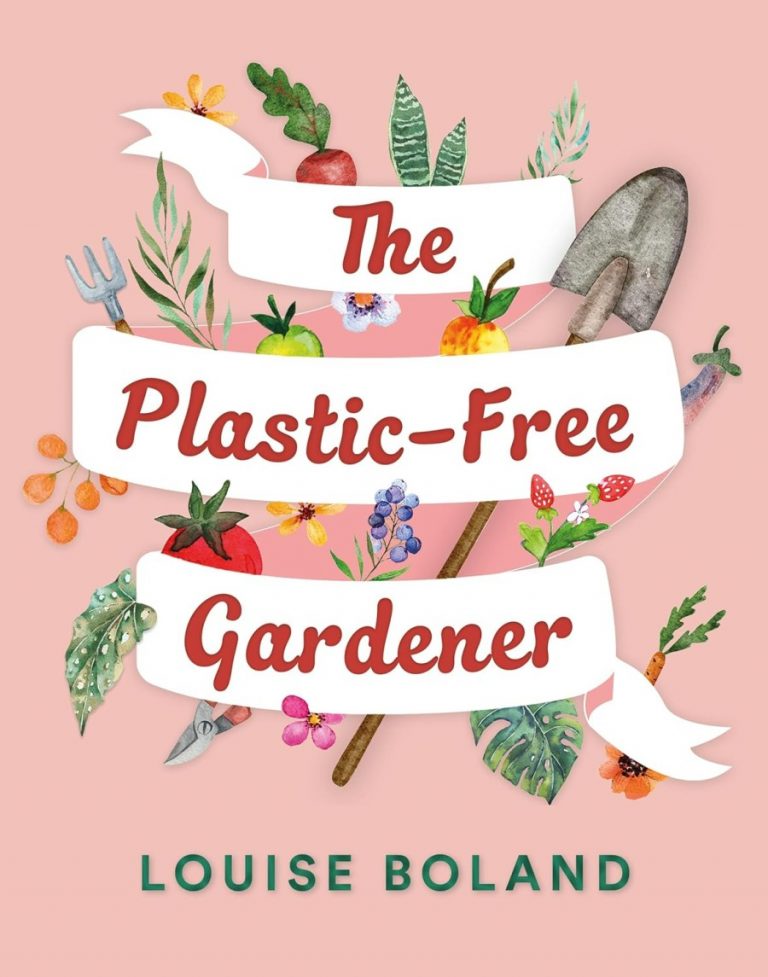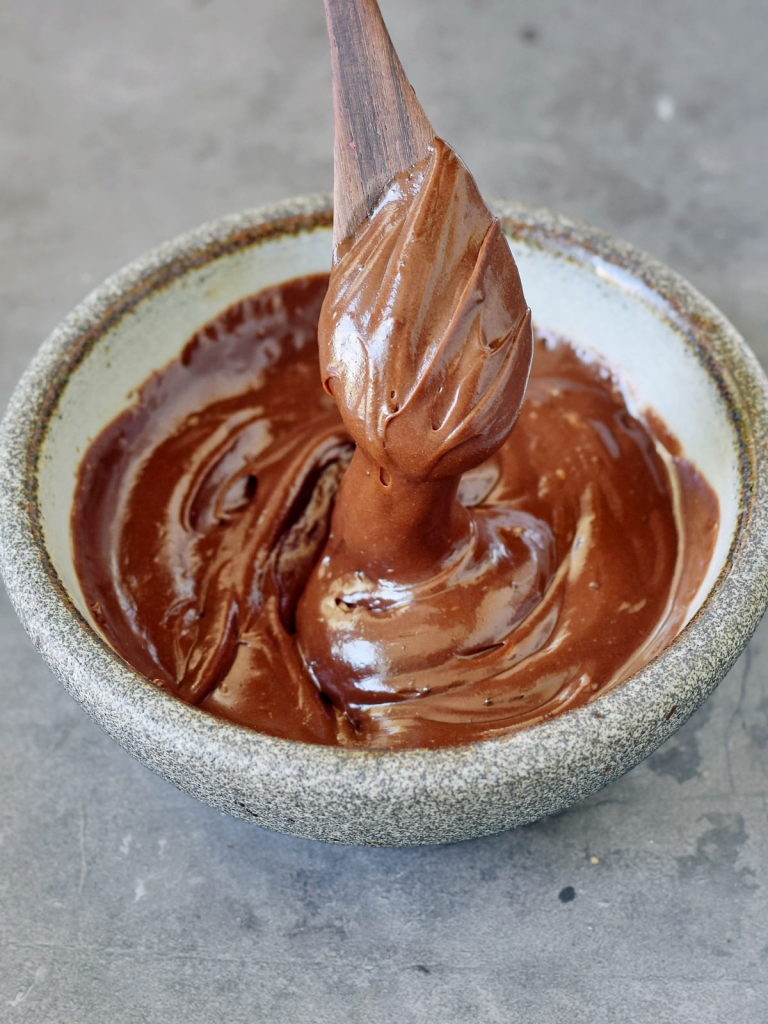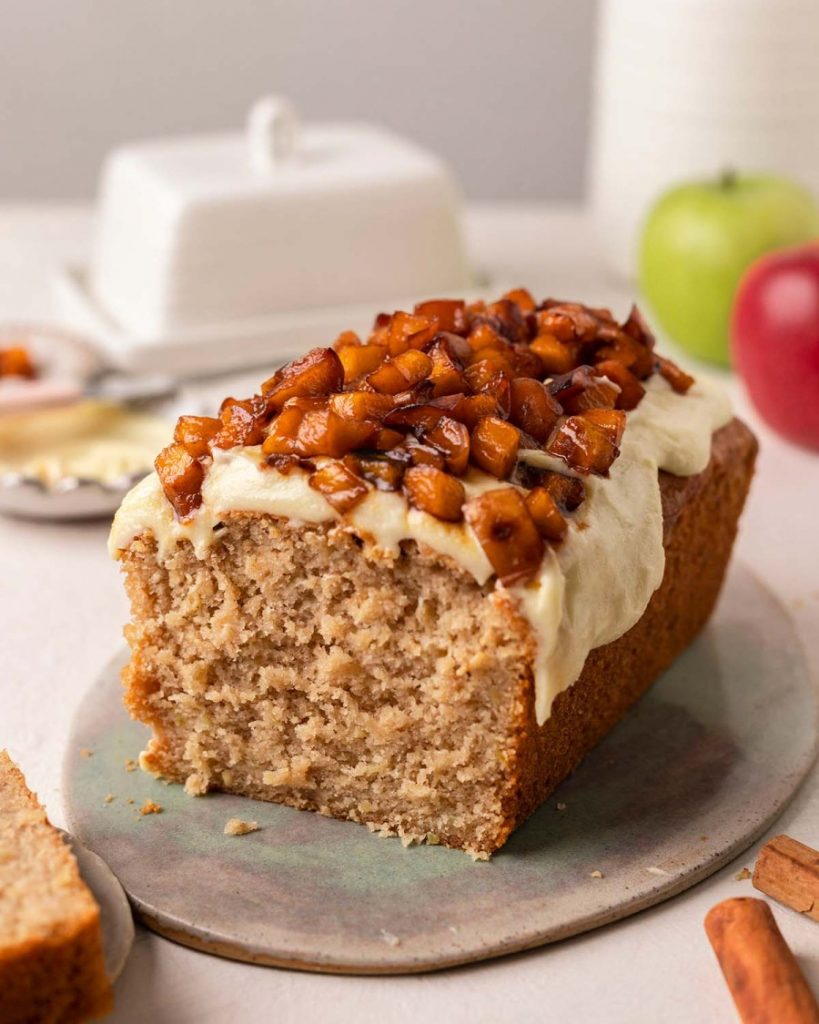
Quick breads are simpler to make than real bread, as they don’t use yeast. They aren’t really breads, they are more cakes. Here are a few nice simple plant-based recipes to try. Eat them alone or with a proper pot of tea! Try this Apple loaf (Rainbow Nourishments). Anthea’s Carrot Loaf Cake is made with warming spices and brown sugar.
Read our post on food safety for people and pets (fresh bread dough, dried fruits and nutmeg are all toxic to pets. Don’t give stale bread to garden birds or wildfowl, as it could choke (and fatty bread can smear on feathers, affecting waterproofing and insulation).
What Makes Quickbreads So Appealing?
Quickbreads hold a special place in many kitchens because they bring together simplicity, speed, and great taste. Unlike regular bread that needs time to rise with yeast, quickbreads use a chemical reaction to puff up right away. This means you can go from mixing the batter to enjoying a warm slice in under an hour. But there is more to their charm than just speed.
Basic Characteristics of Quickbreads
At their core, quickbreads rely on a simple set of ingredients: flour, eggs, fat (like butter or oil), a liquid (milk or juice), and most importantly, a leavening agent. These leavening agents are usually baking powder or baking soda.
When these mix with moisture and an acid (like buttermilk or lemon juice), they produce carbon dioxide bubbles. These bubbles make the bread rise quickly as it bakes, creating a tender crumb without the wait for yeast to work.
Quickbreads do not require kneading or long resting periods. You mix all ingredients fairly gently to keep those gas bubbles intact. This easy process means less effort and fewer chances to make a mistake.
Versatility in Flavours and Forms
One of the biggest draws to quickbreads is how adaptable they are. You can whip up sweet or savoury recipes just by swapping a few ingredients. Some popular examples include:
- Banana bread and pumpkin loaf for sweet treats
- Cornbread or cheese and herb muffins for savoury snacks
- Zucchini or carrot bread to sneak in some veggies with ease
The ingredient list invites endless creativity. You can toss in nuts, dried fruit, chocolate chips, or spices to make each loaf unique. This flexibility lets anyone tailor quickbreads to their taste or what they have in the pantry.
Convenience That Fits Any Schedule
Quickbreads fit perfectly into busy lives. Because you skip the rising time, you can bake a fresh loaf whenever you want it. They also travel well and keep their moisture longer than some yeast breads. This makes them good options for lunches, picnics, or unexpected guests.
The straightforward method often means fewer dishes and less cleanup, which is a bonus for home bakers who want a treat without a big mess. Plus, the ingredients are usually staples, so you don’t need special trips to the store.
Why They Remain a Household Favourite
Beyond simplicity and flavour, quickbreads offer a sense of comfort and nostalgia. Many of us grew up enjoying them, and baking them ties us back to moments with family or friends. Their warm, inviting aroma fills the kitchen quickly, making them feel like a little moment of kindness in a busy day.
They are also forgiving enough for new bakers to enjoy success early on, building confidence to explore other recipes. This accessibility is one reason quickbreads keep showing up on breakfast tables and teatime trays around the world.
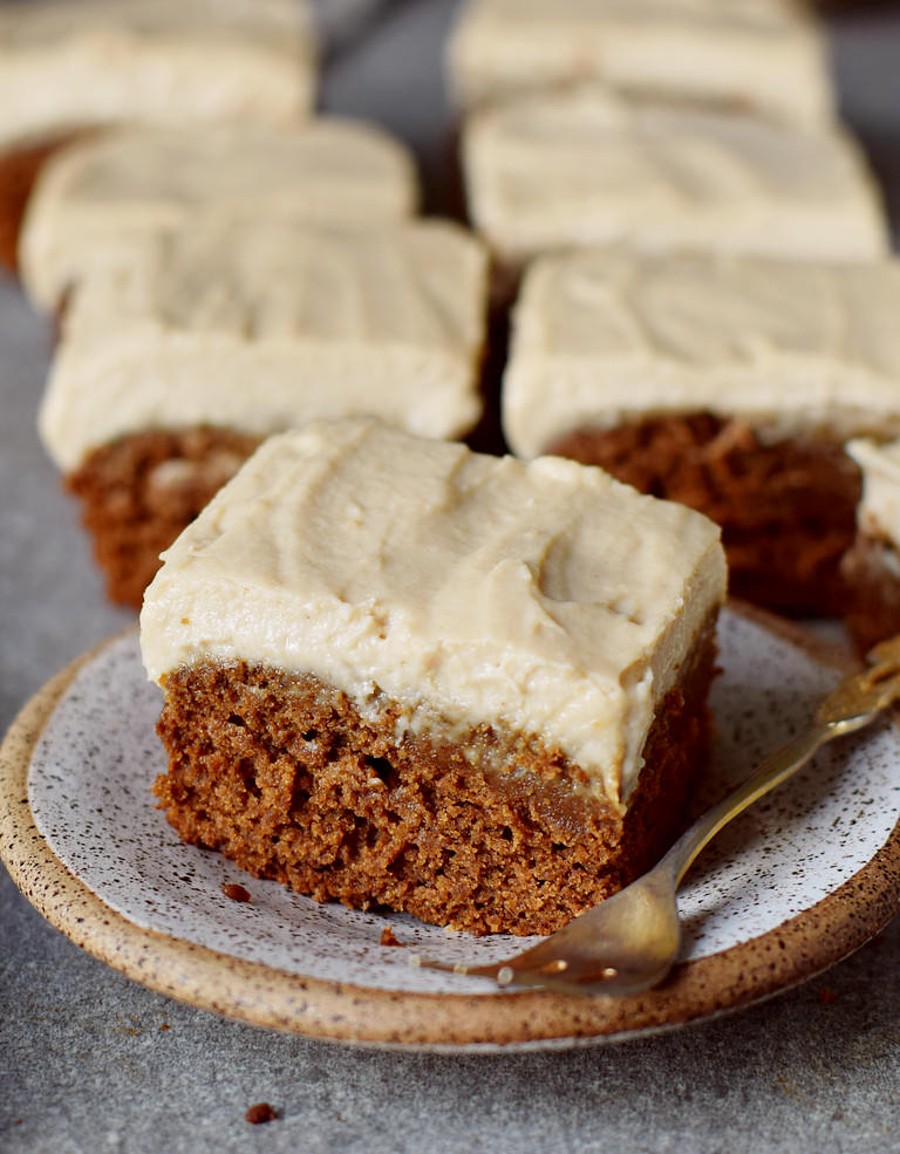
Gingerbread cake (Ela Vegan) is made with warming spices can also be turned into muffins, just pop batter into reusable silicone cupcake cases.
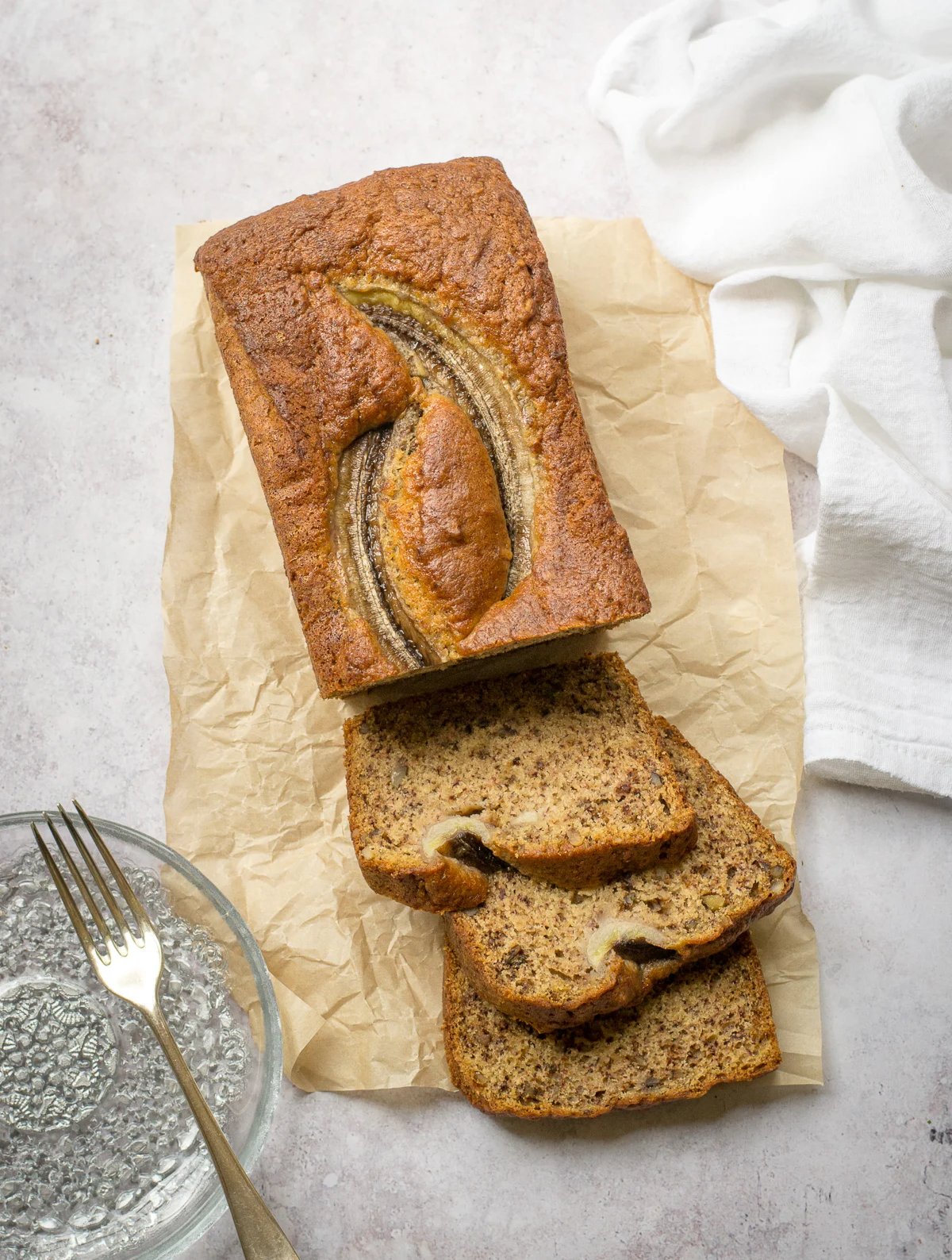
This banana cake recipe (The Veg Space) is really easy to make. A great way to use up over-ripe black spotted bananas.

This blueberry banana bread (Ela Vegan) contains many fresh berries. The natural dye is from the blueberries, nothing artificial.

This homemade courgette bread (Rainbow Nourishments) is nice stuffed with vegan chocolate chips (Plamil is a good brand in paper packs, or sub with walnuts or pecans).
Related to squash, courgettes are used for ratatouille (if not harvested, they grow into marrows). Avoid ones that are wrinkled or have yellow skin or black spots.
Store in the fridge. Choose Choose organic to avoid cross-pollinated seed batches that carry a toxin (Tim Dowling writes how he poisoned himself with homegrown courgettes).

If you’re a choccy-holic, also try Anthea’s recipe for Chocolate Courgette Bread, which unlike the above recipe, has more chocolate than courgette!
Classic Quickbread Recipes to Try at Home
Quickbreads are the perfect go-to for homemade treats that come together quickly and taste fantastic. Whether you’re after a cozy slice with your morning coffee or a simple dessert, these classic recipes deliver comfort without fuss. Each one brings its distinct flavour and texture, showing how versatile quickbreads can be. Let’s explore four favourites that are easy to bake and hard to resist.
Banana Bread: A Sweet, Moist Favourite
Banana bread is a beloved classic for a reason. Its soft, moist texture comes from the natural sugars and moisture in ripe bananas, which also give the bread a rich, sweet flavour without needing too much extra sugar. Overripe bananas, often spotted with brown spots, are perfect here because their sugars have fully developed, adding depth to the taste.
This quickbread is incredibly forgiving and easy to personalise. You can toss in walnuts or pecans for a bit of crunch or chocolate chips for a touch of indulgence. Some people even like a handful of raisins or shredded coconut to change the flavour profile. It’s great straightforward comfort food, perfect for breakfast, a snack, or even a simple dessert.
Carrot Cake Quickbread: Comfort in Every Bite
Carrot cake quickbread brings the warm spice and sweetness of traditional carrot cake into a simpler, quicker format. Grated carrots provide moisture and sweetness, keeping the bread tender while delivering tiny bursts of vegetable goodness. Cinnamon and nutmeg are usually the stars of the spice mix, giving it a distinctly cosy flavour that feels like a hug from the inside.
This version still offers that classic carrot cake taste without the hassle of cream cheese frosting or complex layering. It’s a crowd-pleaser for teatime and works well with a light dusting of powdered sugar or a drizzle of icing glaze. The gentle spices and soft crumb make it a comforting choice any time of year.
Courgette Cake: A Humble Vegetable Turned Delicious
Most quickbreads with courgette show just how mild this vegetable is when baked into sweet treats. Grated courgette adds moisture and softness, keeping the quickbread tender and delicate. Because its flavour is subtle, courgette acts like a texture partner rather than a dominant ingredient, blending smoothly with spices or citrus flavours.
Courgette cake is a smart way to add a serving of vegetables to your day without feeling like you’ve compromised on sweetness or satisfaction. Its loaf form makes it easy to slice and share, and it pairs beautifully with nuts or a splash of vanilla in the batter. It’s a gentle reminder that vegetables and cake can happily coexist.
Gingerbread Quickbread: Spices and Sweetness
Gingerbread quickbread carries the deep, spicy flavours of the holiday classic in a much quicker, fuss-free loaf. Ground ginger is the heart of the flavour, supported by warm cinnamon and a touch of cloves or nutmeg. Molasses or treacle adds richness and colour, bringing a slightly smoky sweetness that’s unmistakable.
This quickbread feels festive and comforting but works well any time you want a warmly spiced treat. Unlike traditional gingerbread that can be dense, this version stays moist and tender thanks to the quickbread method. It’s a handy recipe to have on hand for sudden cravings or unexpected guests, easily sliced and enjoyed with a spread of butter or cream cheese.
Tips for Baking Perfect Quickbreads
Baking quickbreads may seem straightforward, but a few key tips can make a big difference in getting that perfect texture and flavour every time. These breads rely on chemical leavening rather than yeast, so handling the ingredients and timing matters more than you might think. With some simple tricks, you’ll avoid common pitfalls like tough crumb or uneven baking, turning your quickbreads into reliable favourites.
Mix Batter Gently Without Overworking
The magic of quickbreads lies in the tender crumb, so mixing technique is important. You want to combine the wet and dry ingredients just until they come together. Stirring too much can develop gluten in the flour, leading to a dense, rubbery texture—like biting into rubber instead of soft bread.
- Use a spatula or wooden spoon rather than a mixer.
- Fold ingredients gently, stopping when you still see small streaks of flour.
- Resist the urge to “fix” small lumps; they usually bake out.
Think of the batter like a fragile ecosystem—you want to keep the little bubbles intact because they create rise and lightness during baking.
Choose the Right Loaf Pan
The size and material of your loaf pan can change how your quickbread cooks. Most recipes call for a standard 8.5×4.5 inch pan, but if you use something too deep or shallow, your bread may bake unevenly.
- Metal pans heat faster, promoting a nice rise and crust.
- Glass pans take longer to heat, so reduce oven temperature by 10-15°C to avoid over-browning.
- Avoid dark non-stick pans if your loaf browns too quickly on the outside.
Using a well-greased or lined pan with baking paper makes it easier to remove the loaf without damage, so you keep the presentation neat.
Monitor Baking Times and Oven Temperature
Quickbreads typically bake between 45 to 60 minutes, depending on the recipe and pan size. Oven temperature should usually stay around 175 to 180°C (350°F). If it’s too low, the bread turns dense; too high, and the crust burns before the centre is cooked.
- Always preheat your oven fully before baking.
- Place the pan in the middle rack for even heat.
- If browning too fast, loosely tent the bread with foil halfway through baking.
How to Check for Doneness
Knowing when your quickbread is perfectly baked can be tricky, but these signs help:
- Insert a toothpick or skewer into the centre; it should come out clean or with a few moist crumbs.
- The bread will pull away slightly from the pan edges.
- The top should be golden brown and spring back when touched gently.
Don’t rely solely on time; use these tests to avoid under- or over-baking.
Customising Flavours and Adding Mix-ins
Quickbreads invite plenty of personal touches by adjusting spices, adding fruits, nuts, or other extras. You can turn a basic banana loaf into a nutty, fruity delight with a few smart choices.
- Add ½ to 1 cup of chopped nuts (walnuts, pecans) for crunch.
- Stir in dried fruits like raisins, cranberries, or chopped dates for sweetness and texture.
- Use spices like cinnamon, nutmeg, or ginger to add warmth.
- For a fresh twist, fold in berries or citrus zest.
When adding mix-ins, coat them lightly in flour before folding into the batter. This stops them from sinking to the bottom during baking. Keep additions moderate to maintain a good crumb structure.
Keep Ingredients at the Right Temperature
Using ingredients at the correct temperature helps with even mixing and rise. Room temperature eggs and dairy blend better, making your batter smooth and lighter. Cold ingredients can cause uneven mixing and may reduce the effectiveness of baking powder or soda, leading to flat quickbreads.
In practice, take ingredients out about 30 minutes before baking so they’re not cold.


